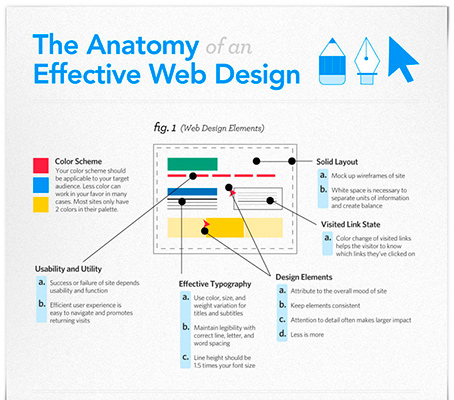Get Ready To Journey Through Time And Uncover Exactly How Internet Sites Have Actually Ended Up Being Extra Sophisticated, Straightforward, And Aesthetically Magnificent
Get Ready To Journey Through Time And Uncover Exactly How Internet Sites Have Actually Ended Up Being Extra Sophisticated, Straightforward, And Aesthetically Magnificent
Blog Article
Web Content Author-Johnsen Stender
In the past, websites were basic and focused on info. Navigation was direct, and design was for desktop computers. Currently, customer experience is essential. Data guides styles for simple navigation. Receptive layouts match different devices. Today, dark setting minimizes pressure, and minimalist food selections enhance navigation. Interactive attributes involve users, and bold visuals stick out. AI assimilation boosts engagement. See exactly how layout has actually developed to improve your on the internet trip.
Very Early Days of Website Design
In the early days of web design, simplicity reigned supreme. Websites were fundamental, with restricted colors, fonts, and formats. The focus was on supplying details instead of fancy visuals. Customers accessed the web via slow dial-up connections, so speed and functionality were key.
Navigating menus were straightforward, normally located at the top or side of the web page. Web sites were developed for desktop, as mobile surfing had not been yet widespread. Material was king, and developers focused on easy readability over intricate design components.
HTML was the key coding language used, and developers had to function within its restraints. Animations and interactive features were very little contrasted to today's criteria. Websites were fixed, with little vibrant material or individualized customer experiences.
Surge of User-Focused Style
With the advancement of web site design, a change in the direction of user-focused layout concepts has ended up being progressively popular. Today, developing internet sites that prioritize user experience is important for involving visitors and achieving business goals. https://www.marketingprofs.com/articles/2022/46899/seven-results-driven-paid-strategies-for-b2b-marketing -focused style includes recognizing the demands, preferences, and habits of your target market to customize the website's format, content, and includes accordingly.
Developers now conduct complete research study, such as individual studies and usability screening, to gather insights and responses directly from users. This data-driven strategy aids in creating intuitive navigation, clear calls-to-action, and visually appealing user interfaces that resonate with site visitors. By putting the user at the facility of the design procedure, sites can supply a much more personalized and delightful experience.
Receptive layout has also become an essential element of user-focused style, making certain that web sites are optimized for various gadgets and display dimensions. This versatility enhances accessibility and use, accommodating the diverse ways individuals engage with internet sites today. In essence, the increase of user-focused layout symbolizes a shift towards producing digital experiences that focus on the requirements and expectations of the end individual.
Modern Trends in Web Design
Check out the most up to date fads forming web design today. One noticeable trend is dark mode style, using a smooth and contemporary appearance while minimizing eye strain in low-light environments. Another key trend is minimalist navigating, streamlining food selections and improving user experience by focusing on essential elements. Incorporating micro-interactions, such as animated buttons or scrolling results, can produce a more interesting and interactive web site. Receptive design continues to be important, making sure seamless user experiences throughout various gadgets. In addition, using vibrant typography and unbalanced layouts can include visual rate of interest and draw attention to particular content.
Integrating AI modern technology, like chatbots for client support or tailored suggestions, improves user involvement and streamlines processes. Accessibility has also end up being a substantial trend, with designers prioritizing comprehensive style methods to deal with varied user needs. Welcoming sustainability by optimizing site performance for rate and effectiveness is one more emerging fad in website design. Collaborating with user comments and data analytics to iterate and boost layout continually is vital for remaining relevant in the ever-evolving electronic landscape. By accepting these contemporary fads, you can develop an aesthetically attractive, user-friendly website that reverberates with your target market.
Conclusion
As you reflect on the evolution of internet site layout from the early days to currently, you can see just how user-focused design has ended up being the driving pressure behind contemporary fads.
Accept the journey of change and adaptation in web design, always maintaining the customer experience at the center.
Tippingpointdigital
Stay current with the most recent trends and modern technologies, and never quit progressing your strategy to develop aesthetically spectacular and easy to use web sites.
Progress, adjust, and create - the future of website design is in your hands.
